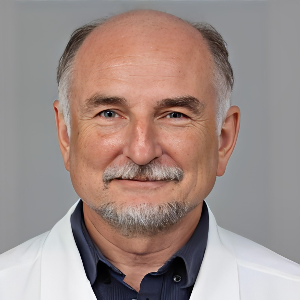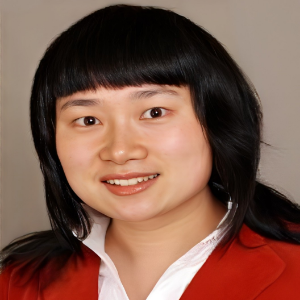CADD is a cutting-edge computational method used to locate and develop a promising lead in the drug discovery process. Molecular modelling, molecular design, computational chemistry, and rational drug design are all components of computer-aided drug design. To maximise discovered leads, CADD is being employed. Both in academic communities and the pharmaceutical companies, CADD approaches are becoming more well-liked and respected. Time is saved, and the CADD technique is quick and economical. The four steps of the CADD method are as follows: (1) use a virtual screening (VS) protocol to screen a small molecule library against the target to find hits or leads, (2) examine the specificity of the selected hits from VS using molecular docking in the active site of other recognized targets, and (3) predict ADMET properties of the selected hit using in silico techniques and the most promising hits are referred to as leads and step four assists in optimizing the leads by creating better compounds for synthesis and testing. Structure-based and ligand-based drug design are the two categories into which CADD approaches are divided depending on the availability of the target protein's 3D structure (SBDD and LBDD). The pharmacological target's 3D structure is necessary for SBDD. The target structure can be obtained in one of two ways: (1) by downloading it from the Protein Data Bank (PDB) if the protein structure has been solved by crystallography and (2) employ molecular modeling (a bioinformatics technique) to forecast the structure if the protein structure cannot be determined.

Vladlen Slepak
University of Miami Miller School of Medicine, United States
Yong Xiao Wang
Albany Medical College, United States
Consolato M Sergi
Universities of Alberta and Ottawa, Canada



Title : The impact of metal-decorated polymeric nanodots on proton relaxivity
Paulo Cesar De Morais, Catholic University of Brasilia, Brazil
Title : Hepatotoxic botanicals-shadows of pearls
Consolato M Sergi, Universities of Alberta and Ottawa, Canada
Title : Exploring classical ayurvedic drugs in hypertension
Prashant Bhokardankar, Datta Meghe Ayurved College, India
Title : Principles and standards for managing healthcare transformation towards personalized, preventive, predictive, participative precision medicine ecosystems
Bernd Blobel, University of Regensburg, Germany
Title : Personalized and Precision Medicine (PPM) as a unique healthcare model based on design-inspired biotech- & biopharma-driven applications to secure the human healthcare and biosafety
Sergey Suchkov, N.D. Zelinskii Institute for Organic Chemistry of the Russian Academy of Sciences & InMedStar, Russian Federation
Title : Antibody proteases as translational tools of the next step generation to be applied for biopharmacy related and precision medical practice
Sergey Suchkov, N.D. Zelinskii Institute for Organic Chemistry of the Russian Academy of Sciences & InMedStar, Russian Federation
Title : Easily injectable, organic solvent free self assembled hydrogel platform for endoscope mediated gastrointestinal polypectomy
Hitasha Vithalani , IIT Gandhinagar, India
Title : Cognitivevoice: Novel machine learning model leveraging acoustic features to predict future cognitive decline in Parkinson’s Disease
Aadya Daga, Hamilton High School, United States
Title : Platelet-activating factor-receptor pathway mediates solar radiation-induced extracellular vesicle release in human keratinocytes
Ravi P Sahu, Wright State University, United States
Title : Assessment of cytocompatibility and subcutaneous host reaction to silk fibroin chitosan plugs for resorbable implant applications
Luis Jesus Villarreal Gomez, FCITEC - Universidad Autónoma de Baja California, Mexico